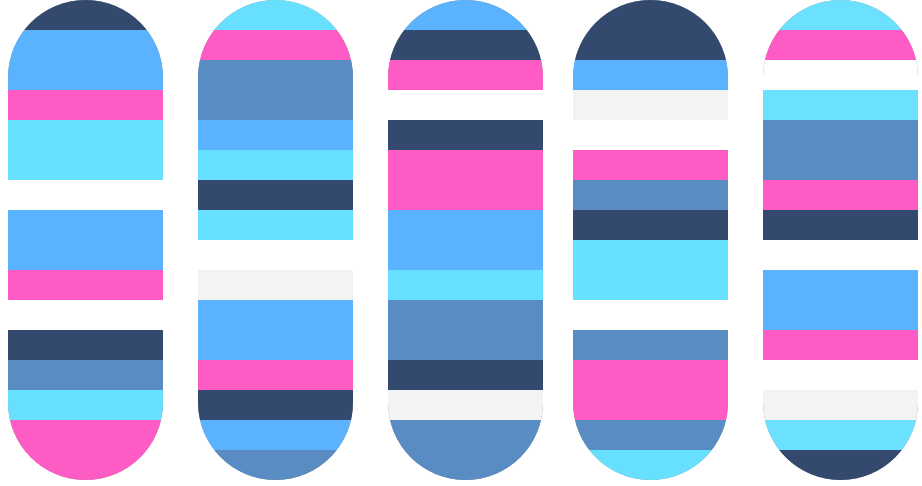Imaging Platform
The Imaging Platform consists of professionals trained to perform high-quality studies in the field of automatic assessment of medical imaging and clinical data in combination. The team applies contemporary methods of image preprocessing and analysis: retrieving radiomical data, building diagnostic models that identify diseases and detect their severity with the help of conventional machine learning and deep learning. We also train models predicting disease outcomes.
Stay tuned for new updates and exciting content on this page.
AIMS
Our Objectives
In research activities, we intend to provide physicians with computer-aided decision systems capable of quantifying structural changes in the studied organs. The goals of the VRI Imaging Platform are as follows:
to individualize diagnostics and patient management by considering medical findings in combination with personal and environmental risks
to address the patient needs by taking into account disease features and individual reserves
to raise the accuracy of disease detection and increase sensitivity and specificity of diagnostic models
to train students on the advances in precision medicine and, specifically, diagnostics
Projects
Patterns of structure-function association in normal aging and in Alzheimer’s disease
screening for mild cognitive impairment and dementia with ML regression and classification models
The combined analysis of imaging and functional modalities is supposed to improve diagnostics of neurodegenerative diseases with advanced data science techniques
To get an insight into normal and accelerated brain aging by developing the machine learning models that predict individual performance in neuropsychological and cognitive tests from brain MRI
With these models we endeavor to look for patterns of brain structure-function association (SFA) indicative of mild cognitive impairment (MCI) and Alzheimer’s dementia
Data WE use
Data
Alzheimer’s Disease Neuroimaging Initiative database (ADNI)
The GENetic Frontotemporal dementia Initiative (GENFI)
AMyloid imaging for Phenotyping LEwy body dementia (AMPLE)
Neuroimaging of Inflammation in MemoRy and Other Disorders (NIMROD)
Available resources
Workstations
Linux Ubuntu 18.04 workstation with 24 CPU cores and two NVIDIA GeForce GTX 1080 Ti GPU with 11 GB GDDR5X memory each.
Programming
- Programming language Python, and its libraries for Computer Vision, Data visualization, Data Processing, such as NumPy, Pandas, SciPy, Matplotlib, PIL, Pillow, OpenCV, scikit-learn just namely the few.
- Tensorflow-GPU container from TensorFlow-GPU docker image with NVIDIA R CUDA R Toolkit and cuDNN from NVidia-docker image.
- An open-source software library for high-performance numerical computation TensorFlow with high-level API Keras.
Data Storages
- PACS server: for radiological findings (CT, CTA, MRI, perfusion).
- Electronic clinical histories: personal information and clinical data, such as age, gender, nationality, clinical diagnosis, neurological assessment, clinical cognitive tests.
Theme Members
Collaborators

Dr. Tetiana Habuza
coPI










